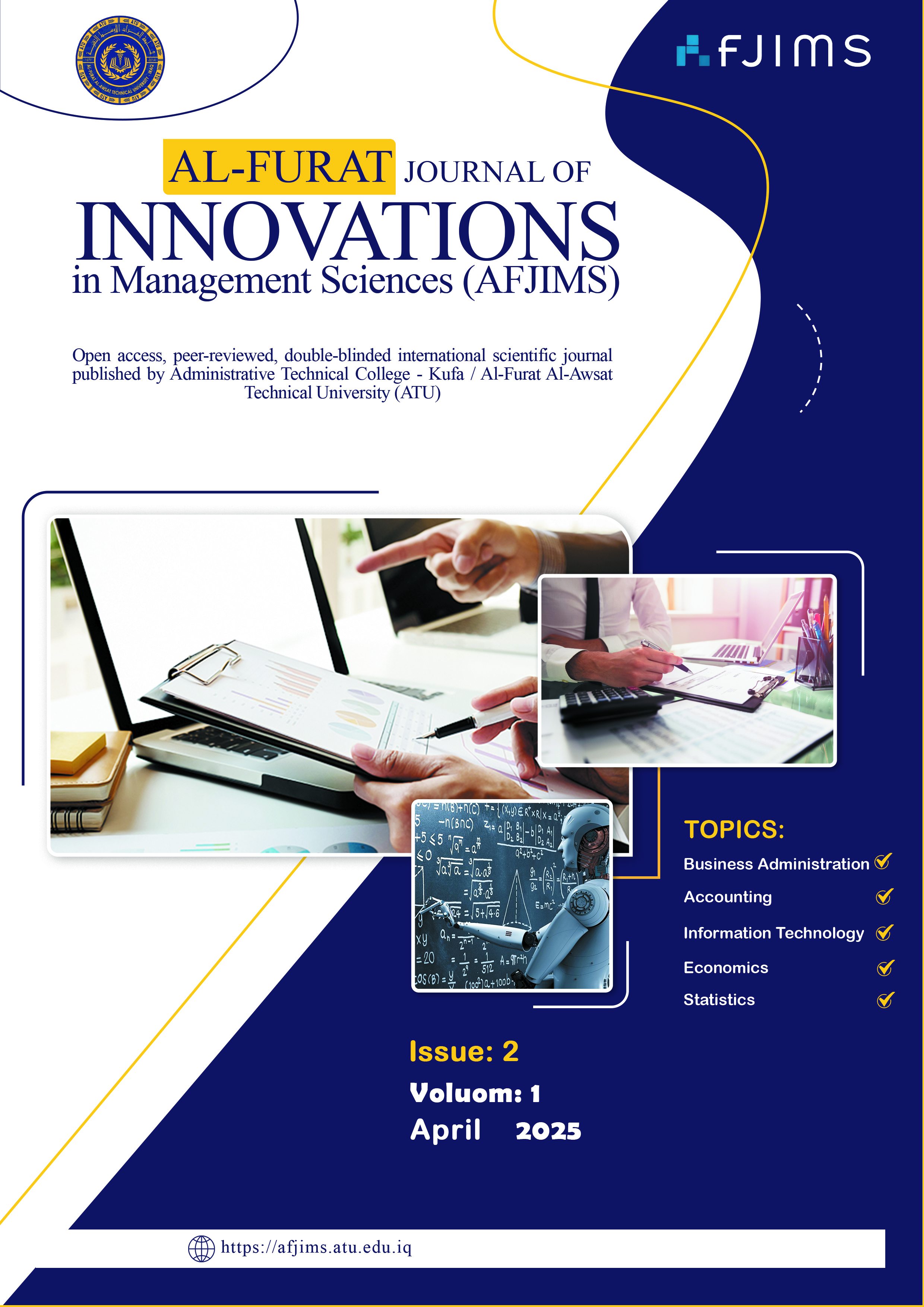A COMPARATIVE STUDY OF MACHINE LEARNING ALGORITHMS FOR CLASSIFYING THALASSEMIA DISEASE
Keywords:
Random Tree , Random Forest, Cost-Sensitive ForestAbstract
Thalassemia, a genetic blood disorder, presents unique challenges for accurate diagnosis, making it essential to evaluate various classification techniques. This study explores the comparative performance of three machine learning algorithms Random Tree (RT), Classification and Regression Trees (CRT), and Cost-Sensitive Forest (CSF) in classifying thalassemia disease. The dataset used in this research was collected from patients at the Sulaimani thalassemia center. It consists of records from 100 patients. This research involves applying RT, RF, and CSF to thalassemia datasets and comparing their performance using metrics such as Accuracy and MCC value. The results show the accuracy of the Random Tree (RT) is 99% and MCC 98%, while for Accuracy in Classification and Regression Trees (CRT) and Cost-Sensitive Forest (CSF) are 97% and 96%, MCC 94% and 92.3% by respectively. The test results show that the Random Tree (RT) is better than the Classification and Regression Trees (CRT) and Cost-Sensitive Forest (CSF) in this study.





